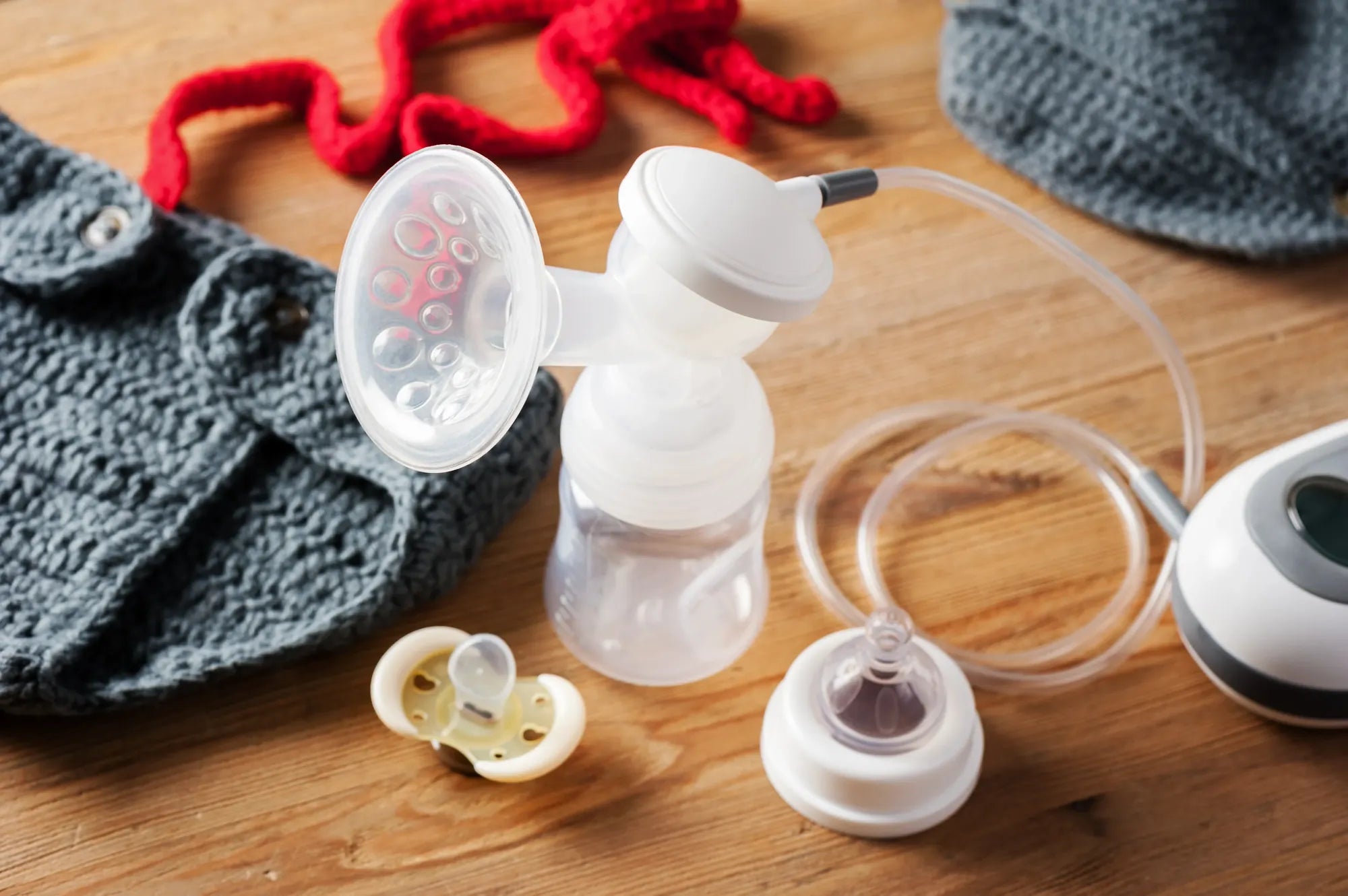Accueil
Pregnancy, Breastfeeding, and Pumping: The Ultimate Guide for Moms
How Often Should I Breast Pump to Increase Supply

How Often Should I Breast Pump to Increase Supply
Breastfeeding is a deeply personal and often challenging journey for many mothers. One of the most common concerns is ensuring an adequate milk supply to meet the baby's needs. For mothers who rely on breast pumping, understanding how often to pump to increase supply is crucial. This article delves into the science behind milk production, the ideal pumping frequency, and actionable tips to maximize output.
Understanding Milk Production
Milk production operates on a supply-and-demand basis. The more milk is removed from the breasts, either through breastfeeding or pumping, the more the body is signaled to produce. Prolactin, the hormone responsible for milk production, is stimulated by frequent and effective milk removal. Therefore, establishing a consistent pumping routine is essential for increasing supply.
How Often Should You Pump?
The frequency of pumping depends on several factors, including the baby's age, the mother's schedule, and individual milk production. Here are some general guidelines:
- Newborn Stage: For mothers of newborns, pumping 8-12 times per day is recommended. This mimics the frequent feeding pattern of a newborn and helps establish a robust milk supply.
- Older Infants: As the baby grows and feeding patterns become more predictable, pumping 5-7 times per day may suffice. However, maintaining consistency is key.
- Exclusive Pumping: Mothers who exclusively pump should aim for 8-10 sessions daily to ensure adequate milk production.
Factors Influencing Pumping Frequency
Several factors can influence how often you should pump to increase supply:
- Baby's Needs: The baby's age, weight, and feeding habits play a significant role in determining pumping frequency.
- Mother's Health: Physical and emotional well-being can impact milk production. Stress, fatigue, and certain medical conditions may reduce supply.
- Pumping Efficiency: The type of pump and technique used can affect how effectively milk is removed. Ensuring proper flange fit and using a high-quality pump can make a difference.
Tips for Effective Pumping
To maximize milk production, consider the following tips:
- Pump After Feedings: Pumping immediately after breastfeeding can help signal the body to produce more milk.
- Power Pumping: This technique involves pumping for short intervals with breaks in between, mimicking cluster feeding and boosting supply.
- Stay Hydrated and Nourished: Drinking plenty of water and eating a balanced diet supports overall milk production.
- Rest and Relaxation: Stress can hinder milk production, so finding time to rest and relax is essential.
Monitoring Milk Supply
Keeping track of milk output can help determine if your pumping frequency is effective. Signs of increased supply include more milk per session, fuller breasts, and the baby's satisfaction after feedings. If supply remains low despite consistent pumping, consulting a lactation specialist may be beneficial.
Common Challenges and Solutions
Many mothers face challenges when trying to increase milk supply through pumping. Here are some common issues and solutions:
- Low Milk Output: If pumping yields little milk, ensure proper flange fit, adjust pump settings, and consider power pumping.
- Engorgement: Overfull breasts can be uncomfortable and reduce milk flow. Regular pumping or breastfeeding can alleviate this.
- Time Constraints: Busy schedules can make frequent pumping difficult. Planning sessions and using a portable pump can help.
Long-Term Strategies for Maintaining Supply
Sustaining an adequate milk supply requires ongoing effort. Here are some long-term strategies:
- Consistency: Maintaining a regular pumping schedule is crucial for continued milk production.
- Breast Health: Addressing issues like clogged ducts or mastitis promptly can prevent supply drops.
- Support System: Having a supportive network of family, friends, or lactation consultants can make the journey easier.
Breast pumping to increase supply is a journey that requires patience, persistence, and the right strategies. By understanding the factors that influence milk production and implementing effective pumping routines, mothers can confidently meet their baby's needs. Remember, every mother's experience is unique, and finding what works best for you is the ultimate goal.
Partager

